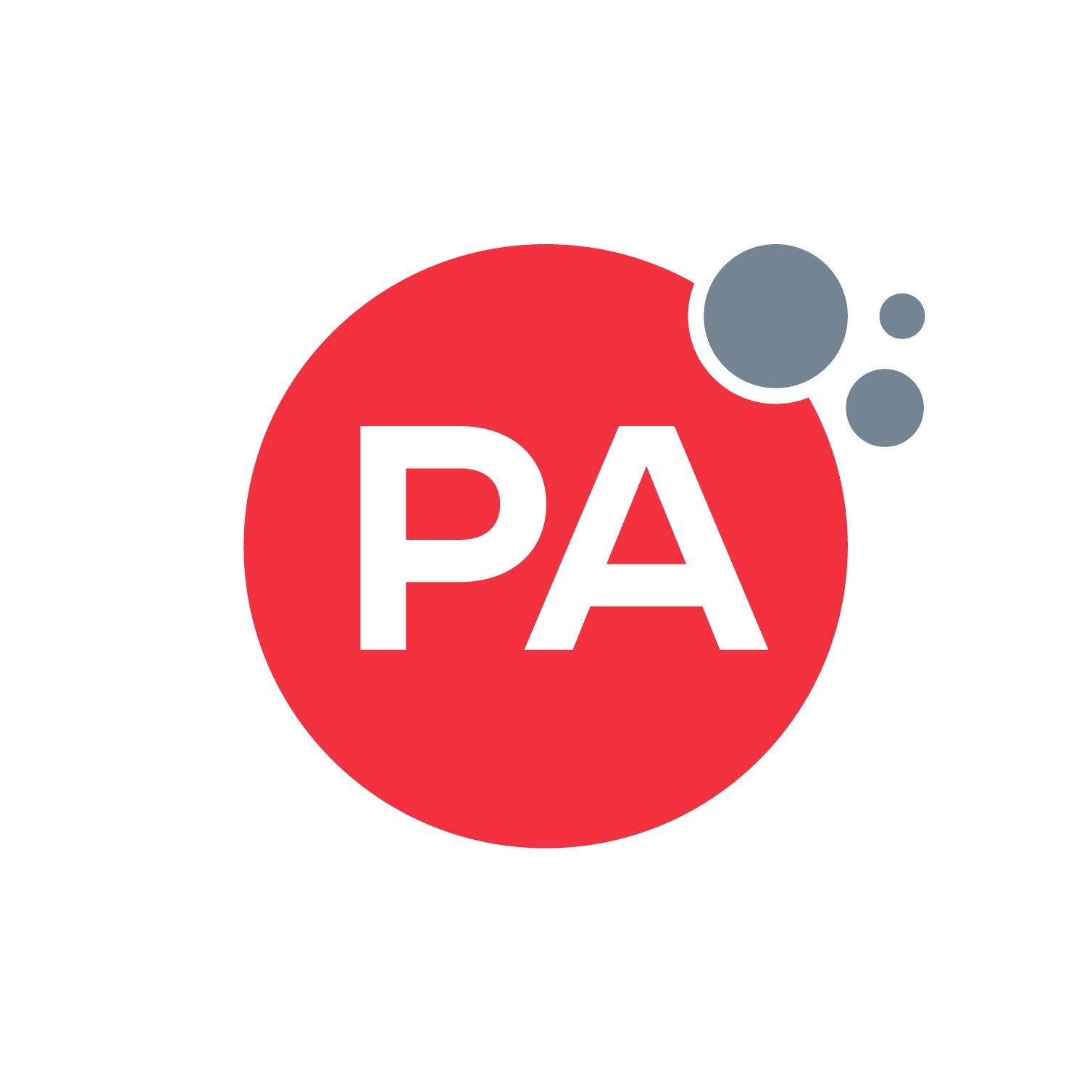This is the Sponsored paywall logged out
As Utility Week launches our Action on Bills campaign, PA Consulting’s Amy Marshall looks at how technology can be used to move the dial on fuel poverty at the time we need it most.
 In the throes of the current cost of living crisis, we are starting to see a reversal in the progress made over the last decade to close the fuel poverty gap (See graph below). The numbers are stark. Government forecasts have 4 million UK homes currently in fuel poverty, charities estimate the number as closer to 8 million, with up to 19 million households at risk of tipping into that category – a huge portion of the population.
In the throes of the current cost of living crisis, we are starting to see a reversal in the progress made over the last decade to close the fuel poverty gap (See graph below). The numbers are stark. Government forecasts have 4 million UK homes currently in fuel poverty, charities estimate the number as closer to 8 million, with up to 19 million households at risk of tipping into that category – a huge portion of the population.
Although wholesale market prices have reduced from the astronomical peaks of last autumn, which will bring welcome relief to homes and businesses alike, it coincides with bill support falling away as well as ongoing instability, and high inflation in the wider economy. The outlook remains challenging for many households – ordinarily fuel poverty is a symptom of wider poverty and economic stress, and it doesn’t exist in isolation – but given the prominence of fuel price rises in pushing households into poverty, new thinking is required specifically on this theme to address those most in need of support with their energy bills.

Fuel poverty, and dealing appropriately with vulnerable customers, is an endemic issue in the sector. Identification and pre-emption of the issue is impossible at worst and inconsistent at best due to a variety of issues, including that the data sources most readily available and used in the sector are imperfect and disparate. The Priority Services Register (PSR) as the defacto industry record of vulnerable customers simply isn’t enough – it is static, based on definitions that do not capture all elements of vulnerability, and relies on self-identification by customers.
There is a plethora of support available. From straight-forward energy price subsidies to energy efficiency grants, there has never been more of a proliferation of government interventions. The public sector is forecast to contribute more than £50 billion to energy price subsidies between 2022 and 2024, in addition to home energy efficiency programmes and social welfare payments like universal credit. This is augmented by multiple schemes from private sector companies, from payment plans to spread the cost of energy to giving away free electric blankets, and charities raising money specifically to help those they seek to protect afford to heat their homes.
Putting aside the question of whether what is available to struggling families is sufficient, what is certain is that we are a long way from being able to target relief and make sure that everyone who needs it is informed and can easily access the support that is most relevant to them.
Energy suppliers are often at the sharp end of dealing with vulnerable customers. The licence obligations for treatment of vulnerable customers provide broad guidance but most go further, instead relying on social conscience, training and quality customer service to do the best they can to pre-empt, address, and direct support to customers showing signs of distress.
But the support landscape is complex, for energy suppliers, government agencies, and third sector companies alike. Changing support schemes make it hard to keep track of, hard to direct, and hard for consumers to navigate to access the help that’s available to them.
The issue is emotive, complex and difficult to solve, but what are the barriers to doing better?
- Lack of data and research on the extent and nature of fuel poverty in households
- Lack of awareness and advice on the support available to manage energy bills and improve household energy efficiency
- Structural inequalities such as income, access to quality housing and health and social issues
- High and volatile wholesale energy prices which are passed onto consumers
- Challenges in identifying victims and underlying issues due to cultural barriers, behavioural difference and stigma
- Complex policy responses involving many different stakeholders and an array of fragmented support schemes.
Until now we could have added, high up on this list, the lack of the right kind of technology to access, interpret, and triangulate data in order to direct and provide shortcut to the kind of cross agency and cross sector solutions that are available.
But the technology does exist to do much better. Identifying the issue has been one challenge, with suppliers often relying on self-identification or the lagging indicator of customer debt to identify those in need. However, other data sources provide a window into the broader issue – health data, energy usage data, social security data, demographic data. The second issue has been ensuring that the full range of support and advice across public, private, and third sector is brought together in a single source of the truth. Both issues together made it impossible to direct, for example, the Energy Bill Support Scheme subsidy to those that need it most. But maturing technologies like AI-driven decision support are ripe to address both issues by triangulating the structured and unstructured data from multiple sources that today is often exchanged between organisations in an ad hoc and non-replicable way.
In contrast to this messy reality, we have the technology at hand to deliver:
- Data integration: creating a unified, coherent view of the energy market, fuel poverty support options and household data
- Data analysis: including pattern recognition and predictive insights to inform decision-making and better identify victims
- Improved communication and collaboration: powered by unified data platforms and collaboration tools
These tools don’t exist right now but are more than feasible. Technology has come of age in a way which, perhaps for the first time, has the opportunity to make a fundamental difference to the lives of the huge numbers in or at risk of fuel poverty. By leveraging state-of-the-art AI language models, we can start to arm energy advisers on how to move from an emotional conversation to a very informed conversation and provide the best possible recommendations.
What might this mean in practice? It means the possibility exists for faster more targeted interventions by government; faster and more equitable access to available support and funding; and the tools to give personal, tailored and relevant advice, reducing one stressor in situations that are already placing consumers under high levels of stress.
The rise of AI-powered decision-making, fuelled by rapid advances in technology and supported by organizations with a focus on societal benefit, such as Open AI, has created a convergence of pressing needs, growing aspirations for more effective and efficient solutions, and the availability of cutting-edge tools. This presents a unique opportunity that we cannot afford to miss. The existing systems and approaches are no longer sufficient, and we must seize this moment to resolve what is rapidly becoming a serious threat to our society.





Please login or Register to leave a comment.